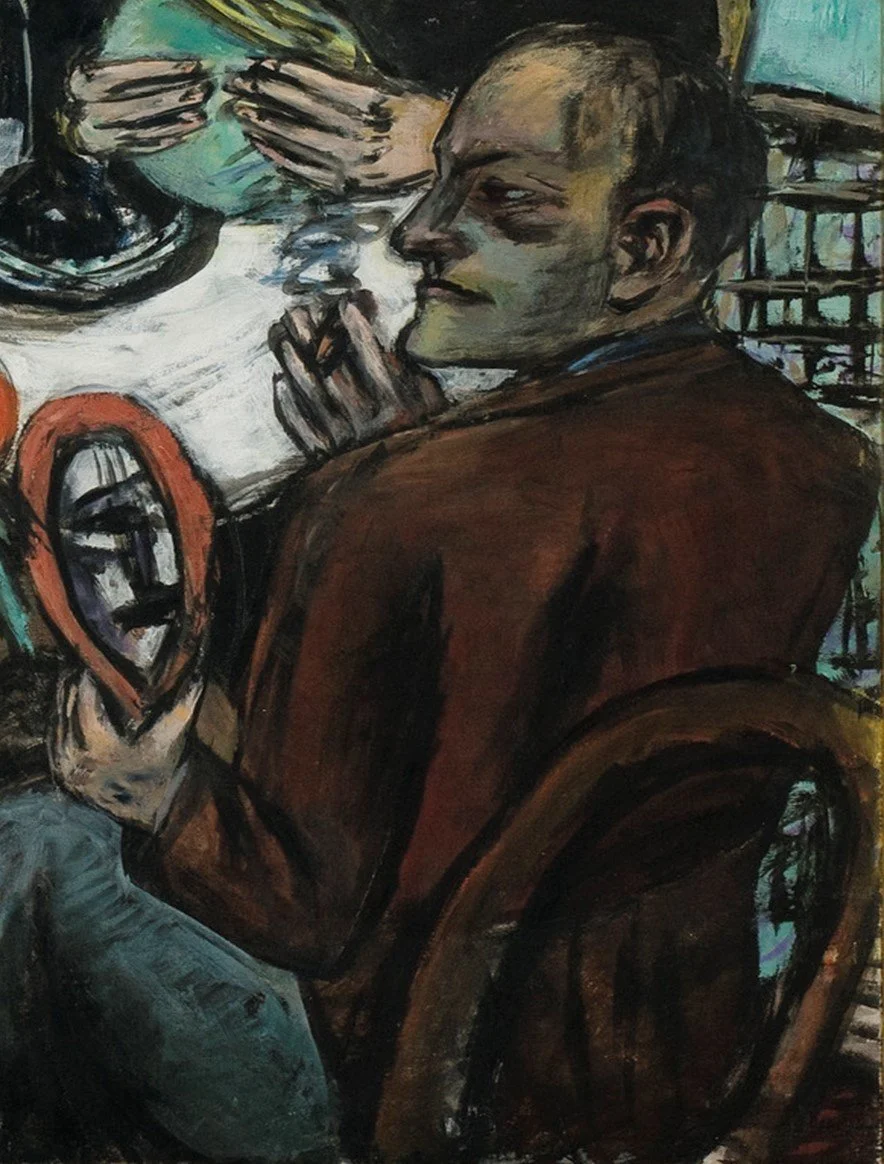who are these characters?
-

Imagine his story
How is this character dressed? What is he holding? Why? How is he lit? What is he doing with the object in his hands? Does he appear to be enjoying this activity?
-

Imagine their story
How is this character dressed? What are they holding? Why? How are they lit? What are they doing with the object in their hands? Do they appear to be enjoying this activity?
-

imagine his story
How is this character dressed? What is he holding? Why? How is he lit? What is he doing with the object in his hands? Does he appear to be enjoying this activity?
-

Now, who is this?
How is this character dressed? What is he holding? Why? How is he lit? What is he doing with the object in his hands? Does he appear to be enjoying this activity? Why, do you suppose, he seems different from the others?
-
-

now, examine the scene around them
What’s going on here? What is behind the head of the blue object? Can you make out what is happening?
-
Did close observation change your initial impression of this scene?
How might these observational skills help you in your work at the bedside or in the clinic?
Can you remember a time when spending time with a patient or a family changed your initial impression of them?
How will you approach your clinical work differently due to this exercise?
Here is a description of the image:
Max Beckmann
Les artistes mit Gemüse (Artists with Vegetable)
1943
One of the most influential German modernists, Max Beckmann painted Les artistes mit Gemüse while living in exile in occupied Holland after Leaving Nazi Germany in 1937. In this painting Beckmann depicts himself, in the lower right corner, accompanied by three fellow exiles. Gathered around a small table, each holds a mysterious attribute, including a fish, a vegetable, and what looks like a mask each presumably relating to the figure's identity. Despite the hostilities and turmoil in the external world possibly referenced by the blazing inferno in the picture or window behind the artists the shaman-like figures engage in a sort of spiritual or ritualistic ceremony. Beckmann, in particular during his time in exile, stressed the separation of art from politics, seeing art as an autonomous realm in which the artist's role was to shape spiritual life. Nevertheless a sense of exile and war permeates the painting.
Did the above change your view yet again?
What are the important contextual elements to keep in mind when making observations?
How has this exercise changed your approach to clinical observations?
